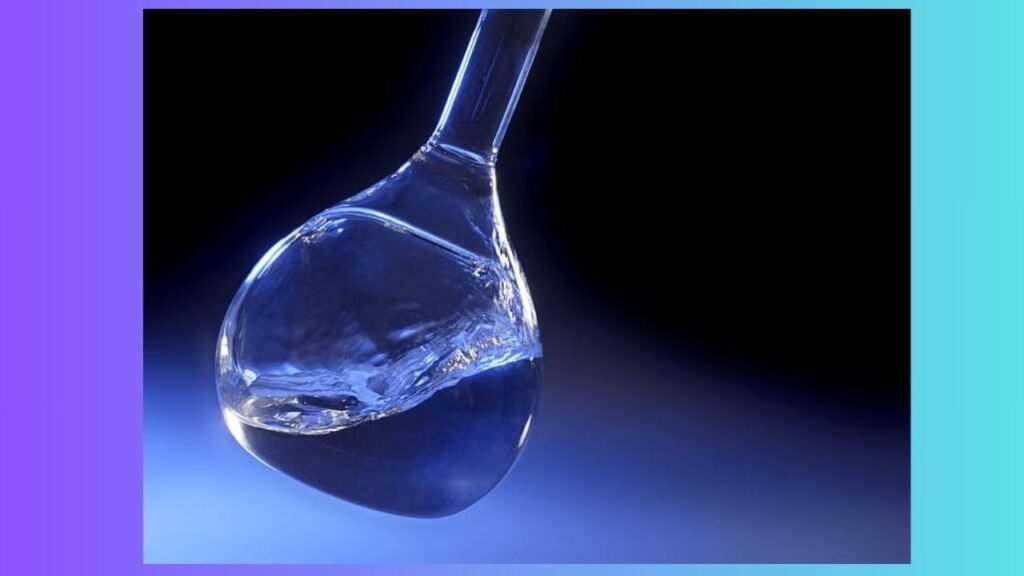Introdcution of States of Matter
States of Matter is all around us. The Clothes We U Wear, The Water We Drink, and the Air Us to Breathe even you are Made up of Matter. Matter is the Anything that has Mass and takes up Some Space. All Matter is Made up of Molecules. Matter is a Substance made up of various types of particles that Occupies Some physical space and has inertia. According to the Principles of Modern Physics, the Various Types of Particles each have a Specific Mass and Size.
Table of Contents
ToggleWhat is the States of Matter in Chemistry?
As Discovered by the Scientists:-
The States of Matter is Made up of Very Tiny Particles and these Particles are The So Small that we Cannot see them with Naked eyes.
It has been Observed that Matter exists in Nature in different forms. Some Substances are rigid and have a Fixed Shape like Wood and Stone Some Substances Can Flow and take the Shape of their Container like Water, while there are Forms of Matter that do not have Definite Shape or Size such as Air.

In Physics Science, a State of Matter is One of the Distinct Forms in Which Matter can exist. Four States of Matter are Observable in Everyday life:-
Solid,
Liquid,
and Gas
1.Solid

A Solid has a Definite Shape. The Shape of Solid remains the same Whether it is Pressed or placed into different Containers. For example, a Stone will keep its shape Wherever we Press it or put it on a desk, in a Glass or in a box. This means that the shape of a solid does not Change. A Solid has a Definite Shape. Solid is the Fundamental States of Matter along with Liquid, Gas, and Plasma. The Molecules in a Solid are Closely Packed together and Contain the least amount of Kinetic energy. A Solid is characterized by Structural rigidity and resistance to a Force applied to the Surface.
In Solid, Particles are tightly or Closely Packed.
The Gaps between the Particles are tiny and hence it is tough to Compress them.
Solid has a fixed shape and volume.
Due to its rigid nature, particles in solid can only vibrate about their mean position and cannot move.
Force of attraction between particles is adamant.
The rate of diffusion in solids is very low.
An example of solids: solid ice, sugar, rock, wood, etc.
2. Liquid

Liquid has no definite shape. Liquid changes its shape when it is pressed. Liquid also changes its shape to match the shape of the containers. For example, liquid takes the shape of the glass when it is poured into a glass. Liquid also changes its shape when it is spilled on a table. A liquid has no definite shape. A liquid is a type of fluid that doesn’t easily squeeze together and takes the shape of its container. It keeps its volume the same no matter how much pressure is applied. Liquids are one of the main forms of matter, and unlike solids or gases, they have a set volume but not a fixed shape.
In the Liquid State, Particles are not packed as tightly as in Solids.
Liquids fill the shape of their Container.
Compressing liquids is tough because particles have less space between them.
Liquids always have a
Set volume, but their shape can change.
Liquids diffuse faster than solids.
The force holding liquid particles together is weaker compared to solids.
Examples of liquids include water, milk, blood, coffee, and so on.
3. Gas

Gas has no Definite Shape. Gas Changes its Shape as it takes the Shape of the Container. If we fill the different Shaped Balloons with Air, the air expands to fill the balloons and takes on different shapes. If the Balloons burst, air will escape and spread out.Gas is a form of matter where particles are spread out, moving quickly, and not arranged in any specific order. Gases are substances that exist in this state, one of the three main forms of matter. Gases can be compressed easily and have significant distances between their particles.
In gases, particles are widely spaced.
The force of attraction between particles is almost non-existent, allowing them to move freely.
Gases don’t have a set volume or shape.
Gases can be compressed the most compared to solids and liquids.
Diffusion happens faster in gases than in solids and liquids.
Particles in gases have higher kinetic energy than those in solids and liquids.
Examples of gases include air, helium, nitrogen, oxygen, carbon dioxide, and more.
Some Important Question & Answers From States of Matter


Disclaimer
The information provided in this discussion on the “States of Matter || Definition of || Solid, Liquid, & Gas” is intended for general informational purposes only. While efforts have been made to ensure the accuracy and completeness of the content, it is important to note that the field of science is dynamic, and new discoveries or revisions to existing theories may occur. Readers are encouraged to verify information from additional sources and consult experts in the field for specific applications or advanced understanding.
Thanks For Visiting. Have a Good Day
Web Stories
प्रकृति में शुद्ध पानी के कितने स्रोत है हमें पिने के लिए शुद्ध पानी कहा से मिलता है आइये जानते है
By sciencestudy.fun
क्या आप जानते है की प्रकृति में मिट्ठी का क्या महत्व होता है मिटटी की संरचना कैसी होती है कैसे पेड़ और पौधे मिटटी से अपना खाना बनाते है आइये जानते है
By sciencestudy.fun
क्या आप जानते है बारिश के बाद ही आकाश में इन्द्रधनुष कैसे बनता है क्या विज्ञानं है इसके पीछे
By sciencestudy.fun






Your work speaks for itself. Keep it up! ❤️
Your commitment to quality really stands out. ❤️
Great content I really enjoyed this post! ❤️
The author’s passion for the subject matter is evident throughout. ❤️
Great content I really enjoyed this post! ❤️
The inclusion of relevant statistics and data adds credibility. ❤️
I love how this article breaks down complex ideas into simple concepts. ❤️
The thoughtful analysis in this article sets it apart. ❤️
Increase your earnings Top Affiliate Marketing
Monetize your web presence Affiliate Discord
Earn passive income Best Affiliate Community
Increase your earnings Top Affiliate Marketing
Increase your earnings Affiliate Marketing
Hmm it appears like your site ate my first comment (it was super long) so I guess I’ll just
sum it up what I wrote and say, I’m thoroughly enjoying your blog.
I too am an aspiring blog blogger but I’m still new to the whole thing.
Do you have any recommendations for inexperienced blog writers?
I’d certainly appreciate it. https://testwpwpwpwpwpwpwp.com